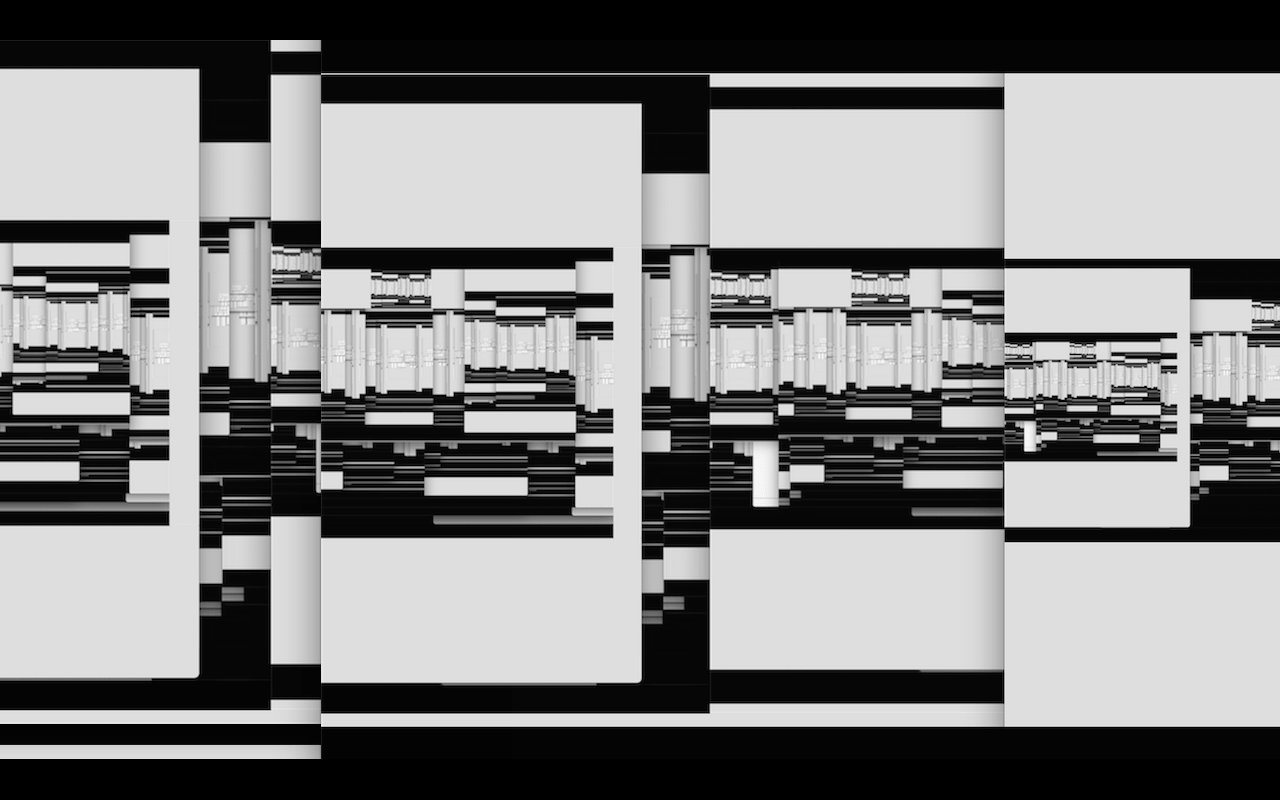
9. Anti-Worlds
The discrepancies between human and machine listening might be productively differentiated by considering their respective capacities for abstraction. Yoneda Lemma discusses her composition Calm can only make it false (Noise Floor), and the techno-political underpinnings of her compositional practice.
A note about the piece "Calm can only make it false" (Noise Floor )
In the context of making Calm can only make it false for the “Noise Floor” segment of the Technosphere event entitled 1948 Unbound (with Inigo Wilkins and Giuseppe Longo), I was thinking a lot about chauvinism in the electronic music worlds and how angering it is that this challenge is too often left up to feminists and womxn to bring forward in conversation (or concert). Even with those composers and sound theoreticians that recognize the asymmetries of power, we hear little discussion coming from them about the veiled masculinity, about the exclusion of womxn from the circles of music discourse, or the ways in which womxn’s sound works and writings on sound or listening posthumously end up being largely controlled by small, male-dominated circles. “Calm can only make it false” is simply saying, you cannot talk about it without something angering you (ever heard of the feminist killjoys? — read Sara Ahmed). At the same time, embodying a certain level of calmness, or even peacefulness in the face of full-blooded chauvinism (by those who have fallen ill with this wake) can sometimes be enough to falsify it.
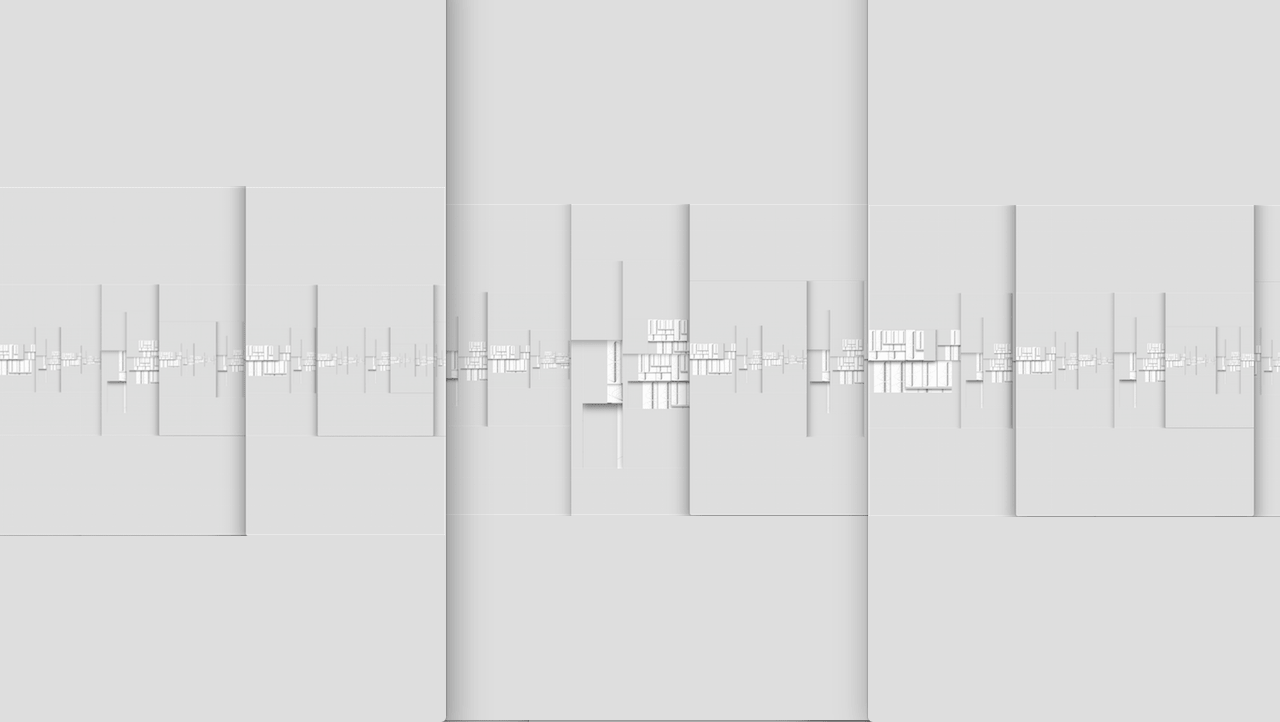
small
align-left
align-right
delete
This piece is deliberately made to sound boring. With the minimal use of a slow-tempered, barely comprehensible distorted voice, it carries with it a simple message: that the fetishization of randomness and algorithmic processing techniques in computer music discourse is boring—there are so many other (under-appreciated) areas to really look at (or fetishize) in computer music production! And when one learns that this fetishization often extends peculiarly gendered categories of intuitionism as pitted against rationalism (as if these things are contradictory), it is equally angering. The message is cut-up—literally, it is a cut-up of various poetic fragments from a reading of 0(rphan)d(rift>)’s sci-fi work Cyberpositive (1995). The voice, in this agonizingly slow temporal form, reaches a primal level of abstraction: any temporally-shifting form of speech reveals how our human capacities to understand language are caught in the symptoms of sensory exploration: the short-circuited pathways of an ancient opportunistic hunger for patterns, or the possibility to sense information without an intellectual process involved. This deliberation of distortion evacuates our understanding whilst keeping us hooked with its slowness in a strange loop. While the sub-poetics of speech are treated like a melody, the machinic processing is made into a trope, thus displaying the meme or idea of ‘algorithmic alienation,’ so heavily codified to the point of being uninteresting. Truthfully, as Giuseppe Longo pointed out in conversation, there is nothing stochastic (or even new) about this music.
ANTI-WORLDS
A Hypothetical Sound Piece
Section I Logic of the Wild: Enclosure of the body is the enclosure of the future.
Section II Logic of the Double Negation: The victory of materialism over self-determination.
Section III Logic of Cosmic Pessimism: Vocal transgressions of post-enlightened beings.
I
Human thought has become shrouded in Idealism, all the way down the spiraling universal continuum. What blocks certain things in history from our recognition of the hidden? How can we (sub)merge the fleshy pores of historical images through sound? If chronopolitics is a rearrangement of the architectures of time in order to corrode the sociopolitical present, then augmenting the universal logic of a sonic continuum is a reorientation in historical space with the unreality of time, a retuning of positionality with the eternal catastrophe (something that happens to time: the invention of time).
Chronopolitics generates links between times redefined, redefining time by aesthetics. “It is a matter of present-day urgency,”Kodwo Eshun, conversation with the author and others, Summer, 2016. Kodwo Eshun remarks in his reading of the Senegalese film Hyenas by Djibril Diop Mambéty (with a nod to Fred Moten, Ralph Ellison, and Edouard Glissant). We must retrieve overlooked futurisms to invent the future; synthesize non-identities from the phantasmagoric geographies of non-places. As Eshun puts it, our chronopolitical realities are "incorporated": the "occlusion" of the act of incorporation—envelopment—is replaced by the transparency of the sacrifice, at the dichotomy of subsistence versus incorporation.To read more of Eshun’s thoughts on the occlusion of incorporation in capitalism, one can access: http://www.re-visiones.net/index.php/RE-VISIONES/article/view/174/245, Re-visiones #Six, The Final Scene of Hyenas: A Parenthetical Incorporation, talk by Eshun translated by Marta Malo de Molina. What does this mean? It means that in the sacrifice of personhood we are weaving textures rather than components.
Envelopment through incorporation means supporting each other. Indeed, the incorporated community was a precursor for capitalism. The corporate body is a mere “shell of incorporation,” a dramatization of the envelopment. Rather than having a real interest in what envelopment through incorporation is, it has only interest in the dramatization of its existential assertions.ibid
From the corporate body we discover that the enemy of humankind is money (an allegory for early modern human’s magical thinking). We fantasize disincorporation, making an escape from the group: freedom against the group logic. Indeed, the failed subject is a paradox, for can we escape from the history of freedom? We are chained to the walls of freedom—chained for freedom. The contradiction is that the freedom fighter is subjected to the will of the group, becoming an allegory for freedom itself, militating against the pathos of the reading. Sacred disincorporation is the prerequisite for a rising future. Today, the shell-incorporation translates into the “blindness” of algorithms, blind in predicting "present-futures" rather than "future-presents" (forecasting not being the same as prediction, as variously discussed by the theorist Elena Esposito; because algorithms are not able to include themselves in their predictions, they become blind-spots)—an anthropocentric blindness precluded by occluding incorporations.ibid
Can we listen to this economics?
The key to our synthesis is ungrounding. Synthetic-ness is the eventual accumulation of solidity once removed, hollowed-out, and corroded from the cheap luxuries of “original” positionality. In other words, the key to our synthesis comes whence “extinction is vitalizing.”Eshun, conversation with the author and others. Synthetic-ness can de-sediment (unearth) the folk layers while creating the sense of a pan-generic world. {Limbo time in shadow assimilation} If our choice were a matter of a moral dilemma, choice would be easy. But since white patriarchal engineering leads to no-choice economic scenarios (the victory of materialism over self-determination), the dilemma becomes tragic. In return, cosmic pessimism (whence listened to) is meant to change the world—a world meant to be diasporic and beautifully difficult.
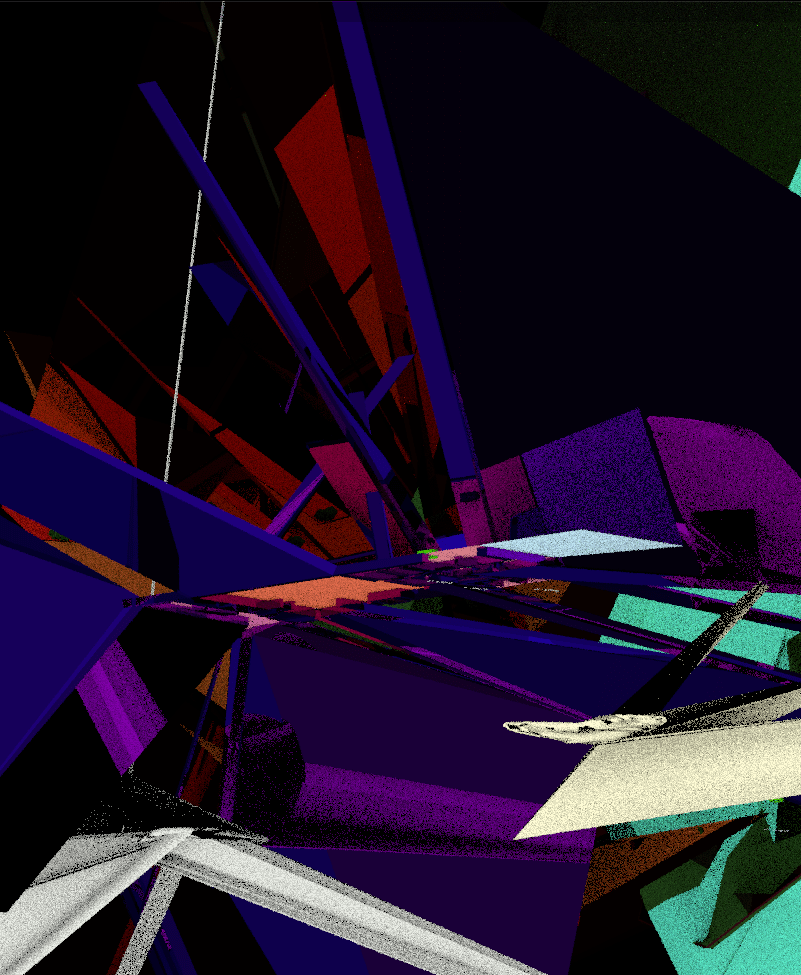
large
align-left
align-right
delete
Esnvelopment through incorporation means supporting each other. Indeed, the incorporated community, given an identity, was a precursor for capitalism. The corporate body is a mere shell sof incorporation, a dramatization of the envelopment. Rather than having a real interest in what envelopment through incorporation is, it has only interest in the dramatization of its existential assertions. The corporate body occludes responsibility for personhood in its dramatization of incorporation (it dramatizes legal eternalities and immortalities through assertions).
From the corporate body we discover that the enemy of humankind is money (an allegory for early modern human’s magical thinking). We fantasize disincorporation, making an escape from the group: freedom against the group logic. Indeed, the failed subject is a paradox, for can we escape from the history of freedom? We are chained to the walls of freedom; chained for freedom. The contradiction is that the freedom fighter is subjected to the will of the group, becoming an allegory for freedom itself, militating against the pathos of the reading. Sacred disincorporation is the prerequisite for a rising future. Today, the shell incorporation translates into the blindness of algorithms, blind in predicting present-futures rather than future-presents (forecasting not being the same as prediction, as variously discussed by the theorist Elena Esposito; because algorithms are not able to include themselves in their predictions, they become blind-spots)—an anthropocentric blindness precluded by occluding incorporations. Can we listen to this economics?
The key to our synthesis is ungrounding. Synthetic-ness is the eventual accumulation of solidity once removed, hollowed-out, and corroded from the cheap luxuries of “original” positionality. In other words, “extinction is vitalizing.” Synthetic-ness can de-sediment the folk layers while creating the sense of a pan-generic world. {Limbo time in shadow assimilation} If our choice on this were the matter of a moral dilemma, choice would be easy. But since white-patriarchal economic engineering leads to no-choice scenarios (the victory of materialism over self-determination), the dilemma becomes tragic.
Cosmic pessimism is meant to change the world—a world meant to be diasporic and beautifully difficult.
II
Let us begin again, with Agnès Gayraud’s proposal for “transcendental pop.” When you apply philosophy to an art form, it becomes aesthetics; it is the “transcendental” that is supposed to break the “genres.” Yet, how can one define the limits of the artwork, when artworks exist in the middle of various interpretations? There are artworks with distinct sounds (like acousmatic or concrete music) making explicit codifications between what you hear and/or what you see; there are artworks with detailed attention to immanence and ordinary life. Conversely, centrifugal dialectics of popular music spiral around the utopic ideal of “reconciliation,” where there can be a possible “universal mediation” through sensible means for all audiences. The basic ideals in popularity are democracy, however, as we know, corruption within the politics of voting leads to dystopia. For Theodor W. Adorno, the political analysis of popular music stands at the crux of this disgust (dystopia). He identified this faulty reconciliation in music: that the utopia of popularity becomes a dystopia of popularity. Indeed, he invented the term “cultural industry” by refusing to think that the artworks from the masses were acceptable, since culture ought to become the realm of work and spirit, not something to be standardized. Thinking as a good German Idealist, Adorno believed artworks should be made from unique expressions of nature that feed civilizations. Otherwise, culture becomes a factory for works of art that are no longer artworks. We can see Immanuel Kant’s definition of the genius at work here. For Kant, the genius was given by nature, brought forth by nature, born into the artwork itself. Whereas, through which nature is nature giving its rules of art to the genius? We must question this.
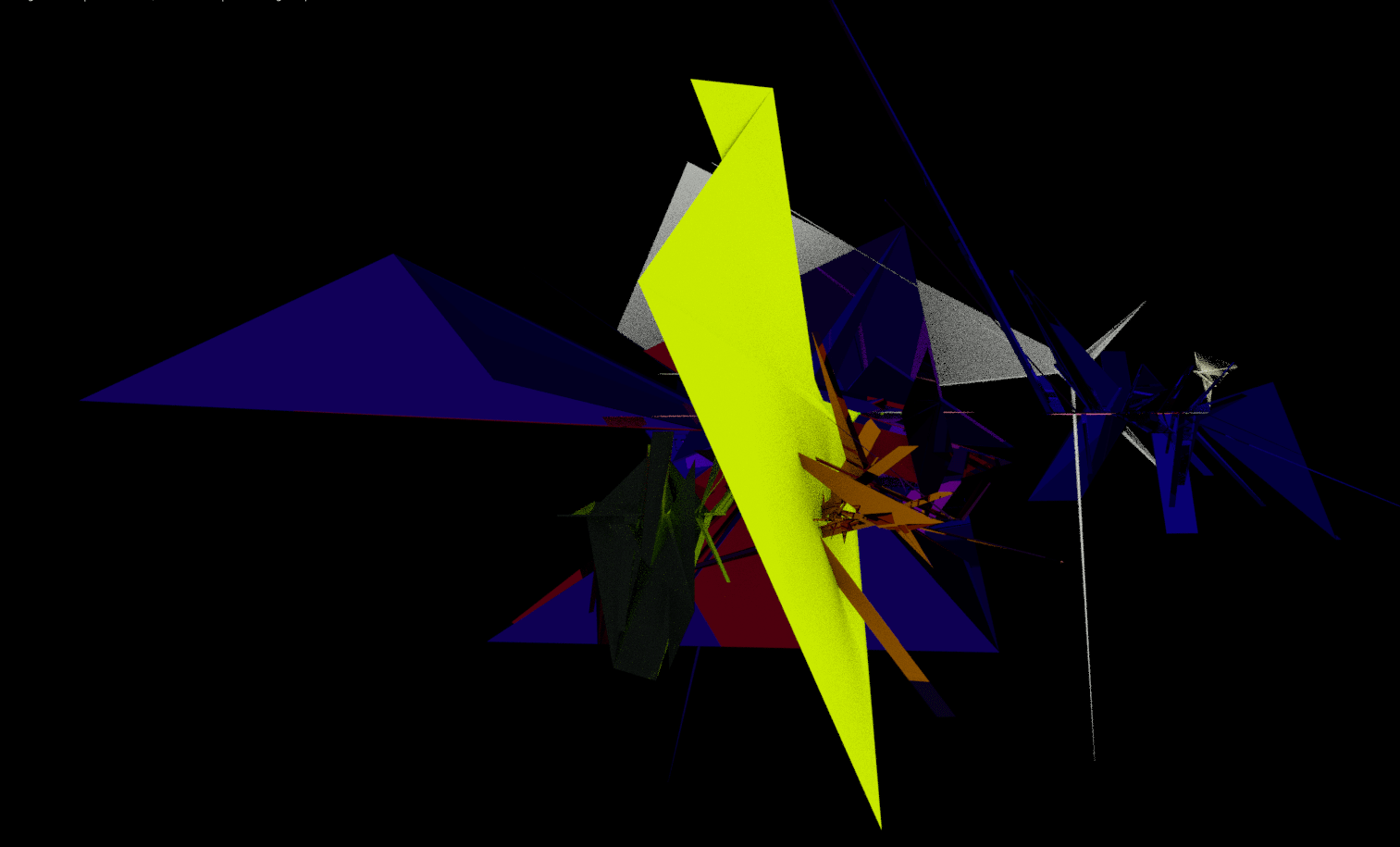
small
align-left
align-right
delete
Cultural industry transforms artworks into stereotypes of nature, force-feeding industrial techniques with these representations. {The Genius surrenders} In turn, white patriarchic economic powers steal the force of reconciliation from the artwork, which transforms into a structural domination of form. Thus the totality of the artwork becomes a fake reconciliation, that is, it pretends to be universal. We can probably thank Adorno for pointing out this problem, but instead cultural industry and the particularities of personalities in history (like Edgard Varèse, Iannis Xenakis, et al.) gave birth to a new norm: a community of anti-Pop aesthetics, another new “genre” to contradict itself. In a negative dialectics of popular music, there is always a f(l)ight for authenticity. “Authentic” music is supposed to be that which really deals with its material conditions. The authentic is really, actually, decaying someplace else, as it ought to—it is even more plastic than the processes, changes, or progressions involved in music-making—from what’s at stake for a complex sociopolitical landscape to the depths of lucid-trance involved in composition. Authenticity, as the mark of the patriarch in avant-garde music, becomes the decay of musical material—authenticity: as much a rigid notion as it is entirely capitalist.
In distinction from the patriarchal rules of art and genius is the great attractor which questions: from which nature? This Thing dips in and out of itself (it dips in and out of me), entered into by a hormone-thought unto an anonymous “we.” This “we” of the artists of zeroes do not create for the purpose of art at all, since they are too busy challenging the violence of representations, by restructuring justice and generational time. The proof is in its shared movement.
III
Feminists are situated within the thriving pit of capitalism’s decay, eating up the surround with every means until it ends. “I am the pitch that burns the assailant’s heads,” writes Monique Wittig.Monique Wittig, The Lesbian Body, trans. David Le Vay. New York: William Morrow, 1975, p. 16. “The smell that escapes from m/e is noisome.”Wittig, The Lesbian Body, p. 20. For feminists creating computer music, our first act is to shred the myths that self-colonize and uphold music technology and computer music composing to patriarchal power. Only then can we firmly acknowledge the imprecision of our traumas through our music to revitalize our future corporeality with its neuro-sympathetic overdrives and physiologies.
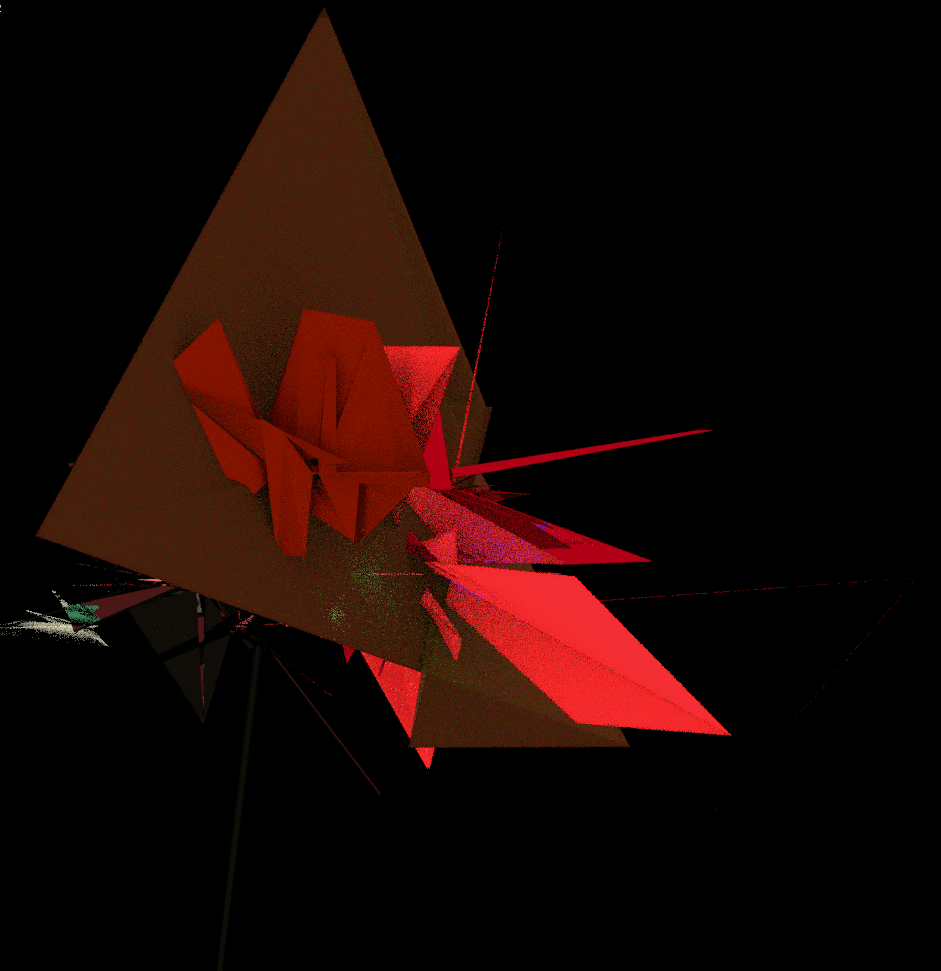
large
align-left
align-right
delete
One form of empowerment we can still draw upon is described by the French mystic Marguerite Porete, who was burned at the stake by Inquisitors in 1310 and left behind a manuscript entitled Le Miroir des âmes simples et anéanties (written in 1295).Marguerite Porete, Le Miroir des Âmes Simples et Anéanties: et qui seulement demeurent en vouloir et désir d’amour. Paris: Éditions Albin Michel, 2011. She documents how through activating certain levels of corporeal experience one can enact a virtual practice to evaporate the soul, nullifying the soul’s dependency on meaning-based structural violence and concepts of misrepresentation. She was marked a heretic. Her method describes a self relating to a self not tied completely to its historical contingencies; “self” proposes the idea of the will that can be enacted for what “needs” to be done. Thought (like hormone) is embodied, she recognizes, it is an action empowered through the will, and it does something alienating. In what she calls “The Stage of the Night,” the soul annihilates itself through the body’s immediacy: an erotic union to act upon the frames of contingency. On par with Simone Weil, who wrote on God so as to annihilate her soul in its relationship to itself, mystic philosophers have always shown how normative tensions can be challenged through alienating philosophical enterprises. They stood at the crossroads of nonconventional conceptual articulations, between the traffic of society’s misgivings. We can see them reaching to something beyond their lives to things forgotten—artists at blurring and merging their semantic frames of reference into multi-perspectival (and chronopolitical) objects. Of course for the philosopher, mysticism obfuscates the very roads to the articulation and understanding of wisdom and reason, achieved through a dedication to rigorous categories of judgment. For the mystic, however, it is only through a messy coupling of the senses with a will to change an unjust “natural order” that one can be initiated onto a philosophical path not already corrupted by its own contemporaneity.
Endnotes
Section I: I am indebted to the lectures of and discussions with Kodwo Eshun at the Performing Arts Forum (PS: Stubbornness of the Empirical 3, Summer, 2016) Saint-Erme-Outre-et-Ramecourt, France, whose philosophical analyses of Afrofuturism in Hyenas (1992), Moten, Ellison and Glissant were the main sources of thought in Section I.
Section II: I am indebted to the lectures of and discussions with Agnès Gayraud at the Performing Arts Forum (PS: Stubbornness of the Empirical 3), whose concept of “transcendental pop” and her philosophical analyses of Adorno were the main sources of thought in Section II.
Section III: I am indebted to the lectures of and discussions with Louis Morelle at the Performing Arts Forum, whose philosophical analyses and excavations of Porete were a source of reflection in Section III.
All images courtesy of Yoneda Lemma